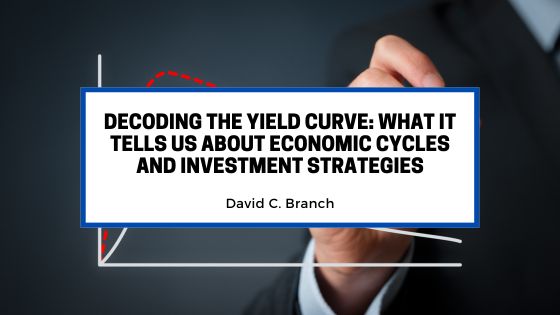The yield curve is a critical indicator in finance, offering insights into economic cycles and guiding investment strategies. By analyzing the relationship between short-term and long-term interest rates, the yield curve reflects market expectations about future economic conditions, including growth, inflation, and monetary policy shifts.
What Is the Yield Curve?
The yield curve is a graphical representation of the interest rates on government bonds with different maturities, ranging from three months to 30 years. Typically, it is upward-sloping, indicating that long-term bonds yield higher interest rates than short-term ones. This shape reflects the time value of money—investors demand higher returns for locking their money away for longer periods due to increased risk and inflation expectations.
However, the curve’s shape can vary. It can flatten, steepen, or even invert, each variation carrying significant economic implications.
The Shapes of the Yield Curve and Their Economic Signals
- Normal Yield Curve:
An upward-sloping curve signifies a healthy economy with expectations of steady growth. Investors anticipate higher inflation and interest rates in the future, justifying the premium on long-term bonds. - Flat Yield Curve:
When the curve flattens, it suggests uncertainty. It often precedes periods of economic slowdown or transition, as investors question the sustainability of growth. - Inverted Yield Curve:
This rare phenomenon occurs when short-term rates exceed long-term rates, reflecting pessimism about future economic growth. Historically, an inverted yield curve has been a reliable predictor of recessions, as it signals expectations of declining interest rates amid slowing economic activity.
How the Yield Curve Influences Investment Strategies
Understanding the yield curve can help investors align their strategies with economic conditions:
- Bond Portfolio Management:
- Normal Curve: Investors may favor longer-term bonds to secure higher yields.
- Inverted Curve: Short-term bonds might be more attractive, as they offer relatively higher yields with less risk.
- Equity Investments:
A steep yield curve typically supports growth-oriented investments, as economic expansion boosts corporate earnings. Conversely, an inverted curve might prompt investors to adopt defensive strategies, favoring sectors like utilities or consumer staples that tend to perform well during downturns. - Timing Interest Rate-Sensitive Sectors:
Financial institutions, such as banks, benefit from a steep yield curve due to favorable lending spreads. Investors might allocate resources to these sectors during such periods, while remaining cautious during curve inversions.
Recent Trends and the Role of Central Banks
Central banks, through monetary policy, play a significant role in shaping the yield curve. For instance, quantitative easing or interest rate hikes directly influence short-term and long-term rates. Investors closely monitor central bank actions, especially during times of economic uncertainty, as these decisions can amplify or mitigate the yield curve’s signals.
Final Thoughts
The yield curve is more than a chart—it’s a window into the future of the economy. By decoding its shapes and understanding its implications, investors can anticipate economic shifts and adjust their strategies accordingly. While no single indicator guarantees certainty, the yield curve remains a vital tool for navigating the complexities of economic cycles and market dynamics.
Being vigilant and staying informed about yield curve trends can empower investors to make data-driven decisions, maximizing returns while mitigating risks in an ever-evolving economic landscape.

